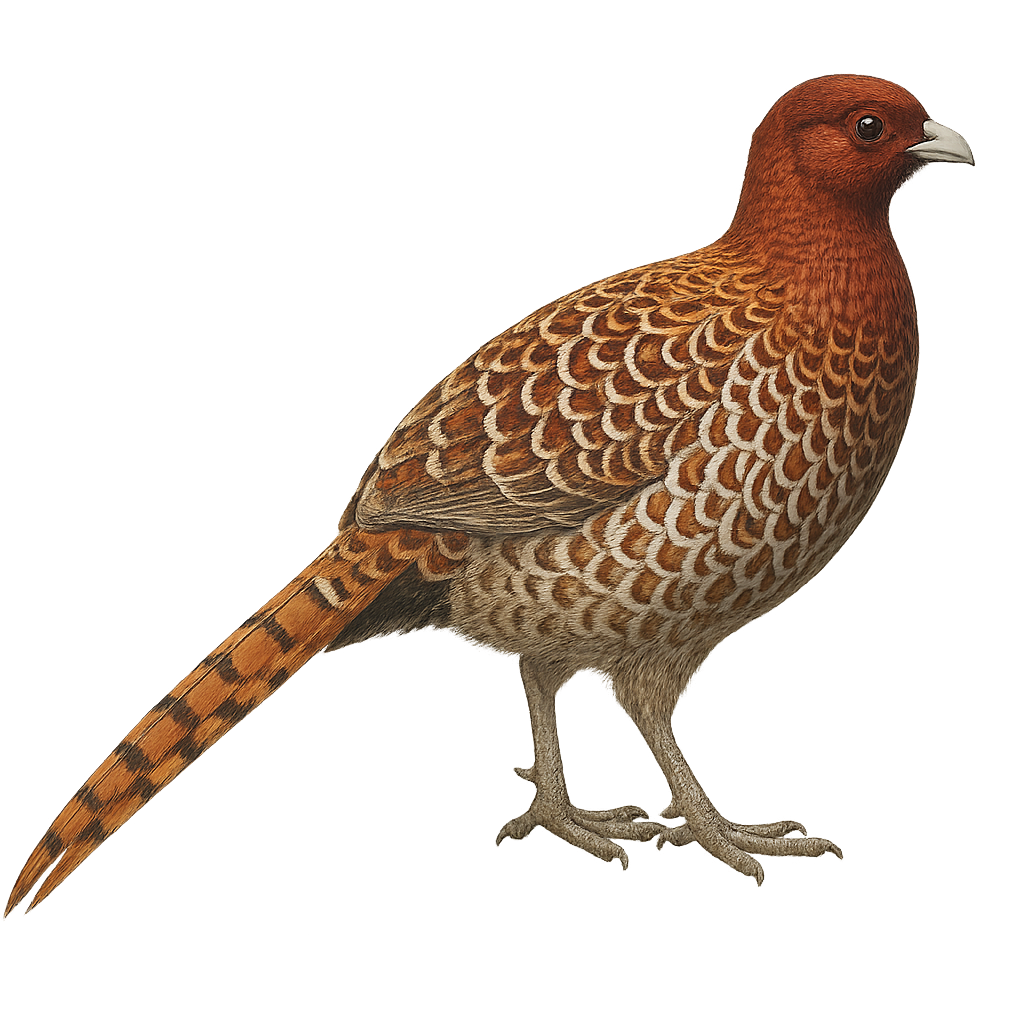Your wildlife photography guide.
Explore the copper pheasant in detail, study its behavior, prepare your shots.
Where to observe and photograph the copper pheasant in the wild
Learn where and when to spot the copper pheasant in the wild, how to identify the species based on distinctive features, and what natural environments it inhabits. The WildlifePhotographer app offers tailored photography tips that reflect the copper pheasant’s behavior, helping you capture better wildlife images. Explore the full species profile for key information including description, habitat, active periods, and approach techniques.
Copper Pheasant
Scientific name: Syrmaticus soemmerringii

IUCN Status: Near Threatened
Family: PHASIANIDAE
Group: Birds
Sensitivity to human approach: Suspicious
Minimum approach distance: 10 m
Courtship display: March to May
Incubation: 24-26 jours
Hatchings: April to June
Habitat:
Dense forests, mountainous areas
Activity period :
Primarily active during the day, with peak activity in the morning and late afternoon.
Identification and description:
The Copper Pheasant, or Syrmaticus soemmerringii, is an elegant and colorful bird native to Japan. This pheasant is distinguished by its richly adorned plumage of copper and gold hues, especially in males. Its long tail feathers, which can reach up to 80 cm, add to its majesty. It primarily inhabits dense forests and mountainous areas, where it feeds on seeds, berries, and insects. Although generally discreet, it can be observed during its courtship displays in spring. Its population is stable, but it remains vulnerable to habitat loss.
Recommended lens:
400 mm – adjust based on distance, desired framing (portrait or habitat), and approach conditions.
Photography tips:
To photograph the Copper Pheasant, it is advisable to use a telephoto lens of at least 400mm to capture the details of its plumage without disturbing it. Look for it in dense forests and mountainous areas, especially in spring when it is more active. Be patient and discreet, as this bird is suspicious. Use a tripod to stabilize your camera and wait for the right moment to capture its courtship displays.
The WildlifePhotographer App is coming soon!
Be the first to explore the best nature spots, track rutting seasons, log your observations, and observe more wildlife.
Already 1 430 wildlife lovers subscribed worldwide

